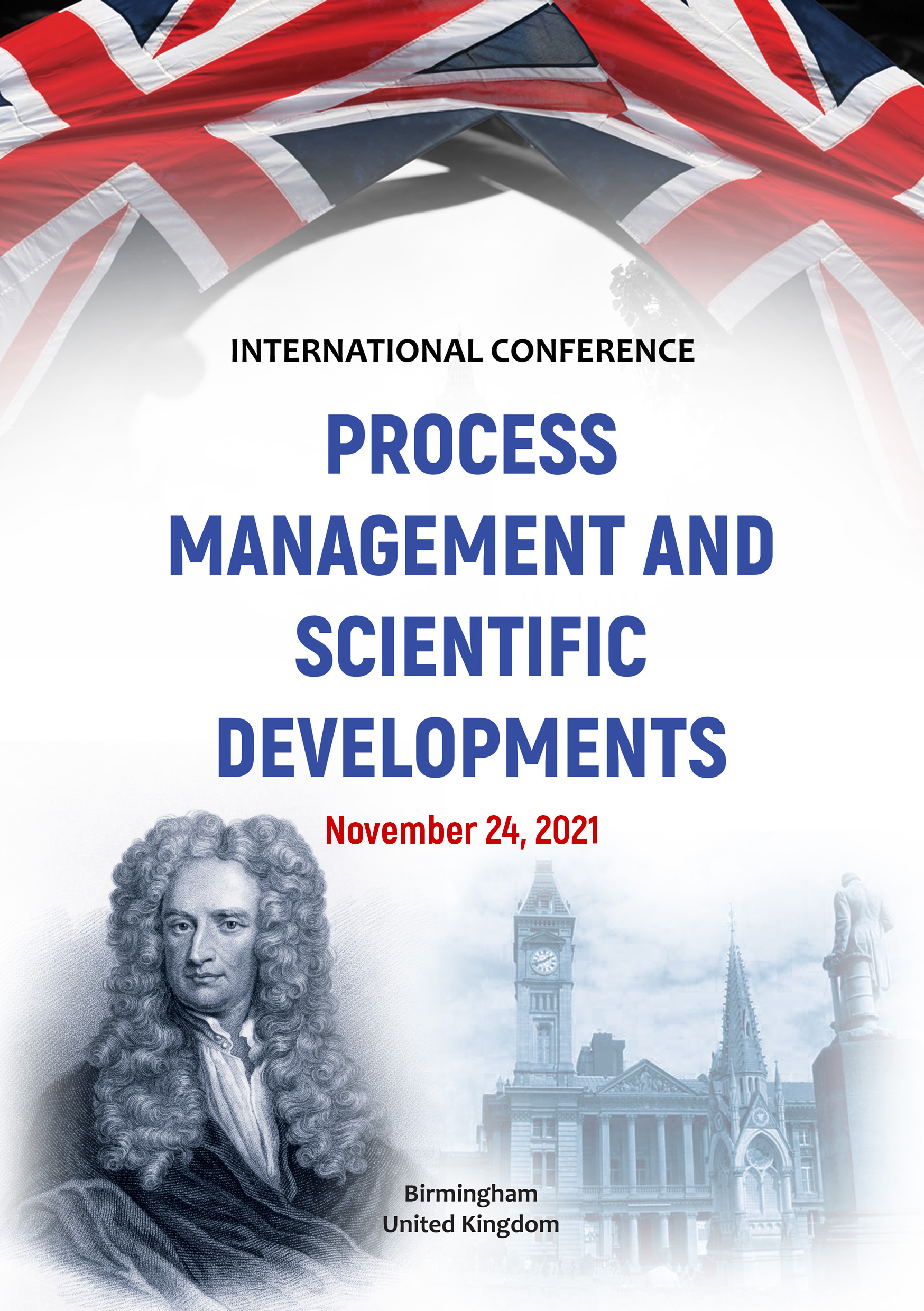The article studies the effect of the age of the first fruitful insemination on the exterior features of gooshtinized black-and-white heifers, live weight, frequency of inseminations and productive longevity of cows in the "Dmitrievo" breeding farm of the Kasimovsky district of the Ryazan region of the Russian Federation
heifers, cows, live weight, frequency of inseminations, productive longevity, measurements, black and white breed
It is known that cattle of all breeds, including black-and-white, were improved with the Holstein breed. [1 p. 1; 2 p. 3, 3]. In the breeding plant "Dmitrievo" of the Kasimovsky district of the Ryazan Oblast, where our research was carried out, the blood of black-and-white Holsteinized animals has approached 100% by now. Thanks to the optimal conditions for feeding, keeping, breeding, the farm specialists managed to increase milk productivity to 8.0 and more tons per cow per year. However, with an increase in milk yield, there was a decrease in productive longevity from 4.0 to 3.1 calving.
According to the author [2 p. 11], the productive longevity of cows depends on genetic and paratypical factors, therefore, on the intensity of rearing heifers, and their optimal age of the first fruitful insemination.
Of course, a short period of raising a cow is more profitable, especially from an economic point of view, since the costs are reduced, expressed in labor savings, accelerated turnover of funds, and a decrease in the amount of feed required for feeding from birth to calving. At the same time, the rapid change of generations in the herd contributes to an increase in the number of replacements.
In this regard, the study of the influence of the age of the first fruitful insemination of heifers, their live weight, the frequency of inseminations on the productive longevity of cows is a very important area of research.
The task of the research was to study the productive longevity of cows depending on changes in the basic measurements of heifers at different ages of the first fruitful insemination of their live weight, the frequency of inseminations.
As a result of the research, from the number of retired cows, three groups were selected, which differed in different ages of the first fruitful insemination: the 1st group was fertilized up to 15 months, the 2nd and 3rd, respectively, at 16-18 and more than 18 months.
It was found that the heifers of the first group were fertilized at 14.4, the second and third, respectively, at 17.5 and 18.8 months. (table 1)
Table 1 - Productive longevity of cows in connection with the age of their first fruitful insemination, basic measurements, live weight, frequency of inseminations.
|
Indicators |
Groups of cows |
± to 2-nd |
|||
|
1-st |
2-nd |
3-rd |
1-st |
3-rd |
|
|
Average age of the first fruitful insemination, months |
14.4 |
17.5 |
18.8 |
+ 3.1 |
- 1.3 |
|
Height at withers, cm |
117 ±0.76 |
119 ±0.62 |
118 ±0.69 |
+ 2 |
-1 |
|
Oblique body length, cm |
143 ±0.88 |
144 ±0.73 |
142 ±0.81 |
+1 |
-1 |
|
Productive longevity, calving |
3.4± 0.1 |
3.8± 0.08 |
3.3± 0.06 |
+0.4х |
+0.5 |
|
Live weight at 1-st fruitful insemination, kg |
370 ±11 |
415± 9 |
434± 6 |
+45х |
+64х |
|
Frequency rate of inseminations, times |
1.2 |
1.2 |
1.9 |
- |
+0.7 |
|
Sperm production costs, rub. for 1 head. |
228 |
228 |
361 |
- |
+133 |
|
Live weight at the 1-st calving, kg |
551 ±14 |
558 ±17 |
578± 17 |
+7 |
+27 |
|
Productive longevity, calving |
3.4± 0.1 |
3.8± 0.08 |
3.3± 0.06 |
+0.4х |
+0.5 |
х – authenticall
Table 1 also shows that heifers of the Holsteinized black-and-white breed of the second group, inseminated at the age of 17.5 months with a live weight of 415 kg, subsequently had the greatest productive longevity equal to 3.8 calving, which differed from their peers by +0.4 and +0.5 calving. Consequently, a decrease or increase in the live weight of heifers by the age of fertilization from 16 to 18 months of 415 kg contributes to a reduction in the longevity of cows.
Assessment of the influence of the main parameters of the conformation (height at the withers and oblique body length) on different ages of the first fruitful insemination of heifers did not allow us to establish reliable relationships between these indicators.
Due to the fact that the heifers of the third group were inseminated relative to the first and second groups later by 4.4 and 1.3 months, their frequency of inseminations, respectively, was 0.7 times higher, which caused the higher costs of sperm production.
Conclusion
Consequently, in order to increase the productive longevity of cows in highly productive herds with a milk yield of 8.0 tons or more, it is necessary to focus on the optimal parameters of the live weight of replacement heifers at the level of 415 kg by the age of the first fruitful insemination and the economic feasibility of age in this period of 16-18 months.
1. Baranov M.M. Increasing the potential of milk production of cows and the degree of its implementation in the breeding reproducer of the Kholmogory breed / M.M. Baranov. - Abstr. cand. diss., vill. Lesnye Polyany, Moscow Oblast - 2003. - 19 P.
2. Fedoseeva N.A. Ways of increasing the productive longevity of cows: monograph / N.A. Fedoseeva, A.P. Golikova, N.I. Ivanova, V.N. Kutrovsky, R.R. Gaisin, A.V. Fetisov. - M.: Publishing house "Sputnik +", 2015-114 P.
3. Kholomyev A.G. Ways to increase the productive longevity of cows of the Sychevsk breed of different genotypes / A.G. Kholomyev. - Abstr. cand. diss. Smolensk,- 2011, -18 P.





